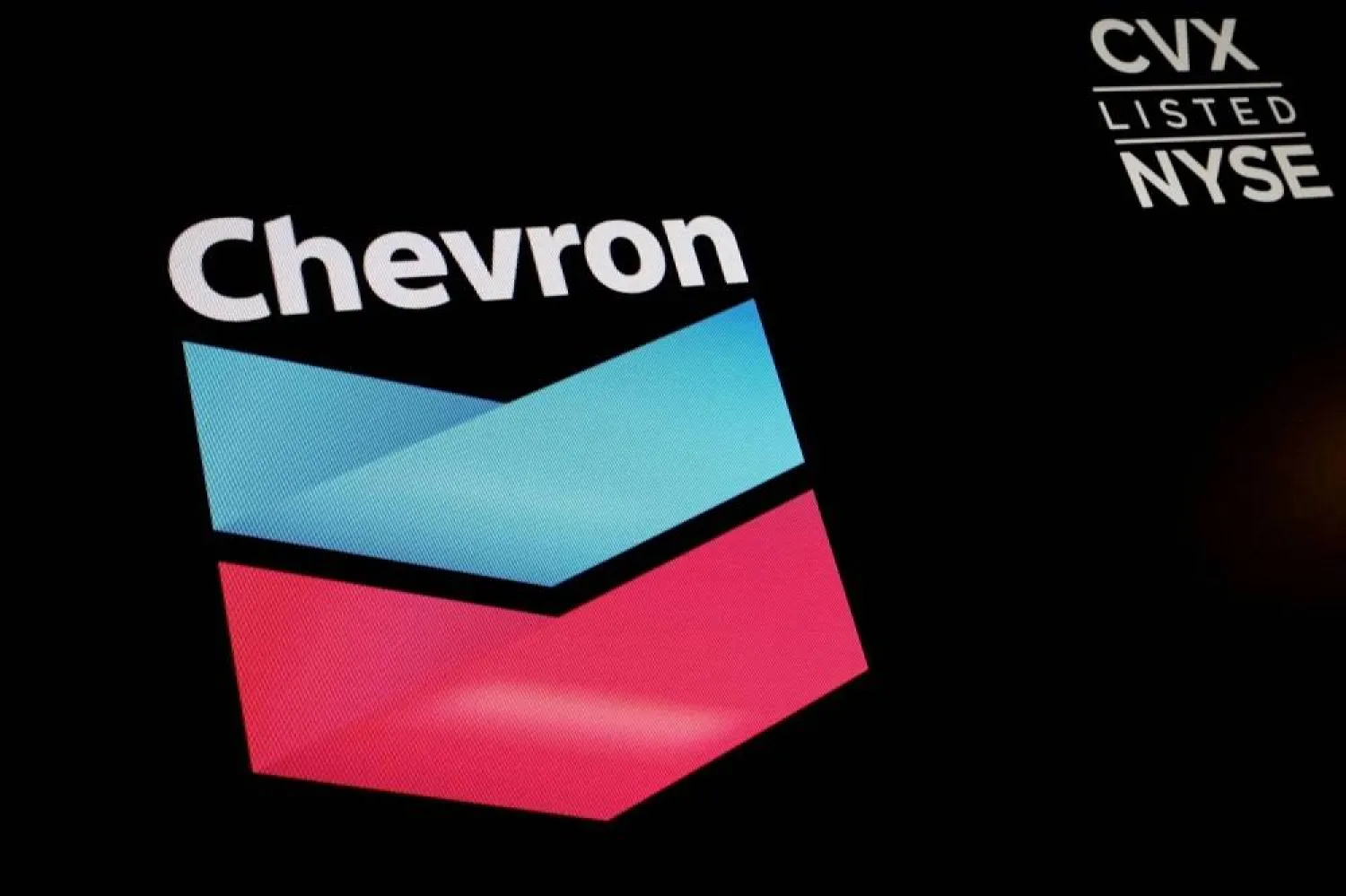Saudi Arabia is reaping the fruits of success after implementing transparent economic and financial policies, good management of the coronavirus crisis and carrying out economic reforms that have led to increased job opportunities and continued improvement in living standards, revealed IMF Mission Chief for Saudi Arabia Amine Mati.
The Kingdom’s economy was still projected to grow by 7.6% in 2022, which the IMF said would likely be one of the fastest growth rates in the world.
According to Mati, Saudi Arabia’s national transformation plan, Vision 2030, which is supported by the National Investment Strategy and the Public Investment Fund, enhances the transformation of the Kingdom's economy and increases the contribution of the non-oil sector.
Increasing the contribution of the non-oil sector is largely driven by digitization and growth in the tourism sector, governance, and e-commerce.
Mati pointed out that digitization, along with smart city projects, hyperconnectivity, artificial intelligence, advanced robotics, smart analytics, and scalable systems, are priorities that enhance innovation and raise productivity in the Kingdom.
The Saudi economy will achieve a growth rate of 3.7% for the year 2023, predicted the IMF official, adding that the world is facing factors that are slowing economic growth.
Mati noted that Saudi government agencies implementing the Kingdom’s National Investment Strategy will enhance growth to a degree higher than expected by the IMF.
“Saudi Arabia is recovering strongly from the pandemic-induced recession,” said Mati, adding that “sound macroeconomic policies, pro-business transformational structural reforms, and increases in oil production and prices are promoting the Kingdom’s recovery.”
He pointed out that overall growth was already robust at 3.2 % in 2021, driven by the recovery of the non-oil sector, supported by increased job opportunities for Saudi nationals, especially women.
“The latest figures from the second quarter also confirmed strong growth, supported by oil production and prices, but also accompanied by the growth of non-oil GDP,” he remarked.
“Saudi Arabia has a large emerging economy and is a member of the G20,” he affirmed.
“It recovered well from the coronavirus pandemic and we expect its economy to record one of the highest growth rates among the largest economies, at 7.6 % according to our estimates,” Mati told Asharq Al-Awsat.
“GDP data for the first quarter and second quarter of this year also point to a trend of higher growth for 2022,” he added.
“This will be the Kingdom’s highest growth rate in 11 years. This is encouraging because it allows the economy to create more jobs and continue to improve living standards,” he said.
As for the global economy, the official predicted a slower growth inhibited by the repercussions of the Russian-Ukrainian war.
“Global economic growth is expected to be slower than previously expected,” Mati told Asharq Al-Awsat.
“The temporary recovery in 2021 was followed by increasingly bleak developments in 2022.”
“Global production contracted in the second quarter of this year due to several factors,” explained Mati, blaming the pandemic-induced slowdown in China, the war in Ukraine, US consumer spending below expectations and higher-than-expected inflation.
“The IMF forecasts that global growth will slow down from the 6.1% recorded last year to 3.2% in 2022, 0.4 percentage points lower than the April 2022 World Economic Outlook,” he revealed.
Nevertheless, Mati pointed out that growth in the Kingdom is expected to rise significantly to 7.6% in 2022 despite the tightening of monetary policy, fiscal consolidation, and the limited fallout from the war in Ukraine.
“For 2023, we also expect growth in the Kingdom to reach 3.7 %, mostly due to continued growth in non-oil GDP, despite lower oil GDP growth,” he said.
When asked about the extent smart city projects like “The Line” and “NEOM” would reflect in the increased growth in the Saudi public and private sectors, he replied: “The growing role of digitization, e-governance and e-commerce has the potential to boost productivity.”
“The full implementation of the National Investment Strategy by government agencies can lead to the promotion of growth to a degree higher than that predicted by the IMF,” he stated.
“Economic diversification is fundamental to economic development, particularly in the Gulf Cooperation Council countries,” noted Mati, adding that this entails a move towards a more diversified production and business structure.
Speaking about structural transformation, Mati said that, combined with diversification, it could boost productivity, create jobs, and provide a basis for sustainable and inclusive growth.
“Economies tend to grow by upgrading their export baskets to focus on advanced industries, i.e., industries that lead to productivity gains. Based on different countries, there is a dynamic correlation between the development of export products and economic growth,” he went on to say.
In the past two decades, Saudi Arabia has consolidated its position as a global player in the export of oil and chemicals, the latter being a byproduct of its strong oil sector.
According to Mati, the Kingdom has also managed to diversify into some advanced products and has led GCC countries by developing a comparative advantage in refined commodities such as petrochemicals.
Reviewing cooperation between the Kingdom and the IMF, Mati noted: “Cooperation has been excellent and is constantly improving over the years, as the Kingdom has sought reform on a large scale while improving the transparency of its economic and financial policy.”
“Saudi Arabia is an important partner of the IMF, which appreciates the strength of the Kingdom’s contribution to international cooperation,” added Mati.
Saudi Arabia plays an important role in the global oil market and is a major contributor to discussions in the G20, the Gulf Cooperation Council and the MENA region, where it also provides significant support.







